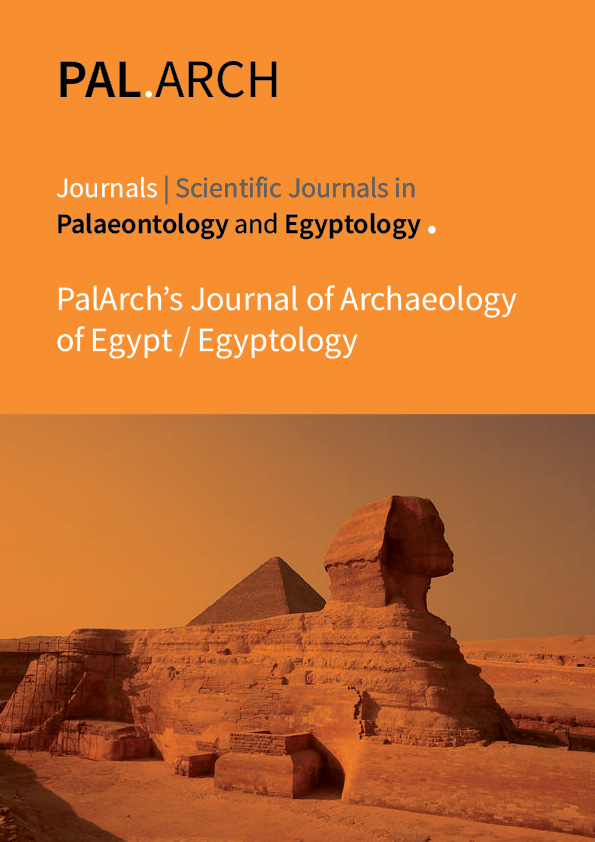DESIGN AND AERODYNAMIC ANALYSIS OF AN UNMANNED AERIAL VEHICLE WITH A FIXED-WING
Abstract
This article presents the design, analysis, and simulations of a fixed-wing unmanned aerial vehicle to be used in aerial photographic captures of agricultural plantations located in the north of Colombia. In the design, the region's variable weather conditions, aerodynamic selection, lift aspects, flight efficiency, aerodynamic performance, propulsion system, and prototype structure adjusted for the application are taken into account. The design factors, requirements, and manufacture of the prototype are detailed. In the analysis and study, computational tools such as webfoil from the University of Michigan, the 3D modeling program SolidWorks 2020, the XFLR5 aerodynamic software based on xfoil with code modifications, CFD (Computational Fluid Dynamics), SolidWorks Flow Simulation, and ANSYS are used. With the results obtained, the CAD prototype of the vehicle is designed, which satisfies the calculated aerodynamic parameters. Taking into account the viability of software, it was possible to conclude that the XFLR5 ignores viscous effects; in contrast, the SolidWorks Flow Simulation CFD complement uses more elaborate equations to consider viscosity characteristics turbulence effects, in addition, the calculation methods are different while one uses the panel method the other uses Navier-Stokes equations with finite numerical methods.



